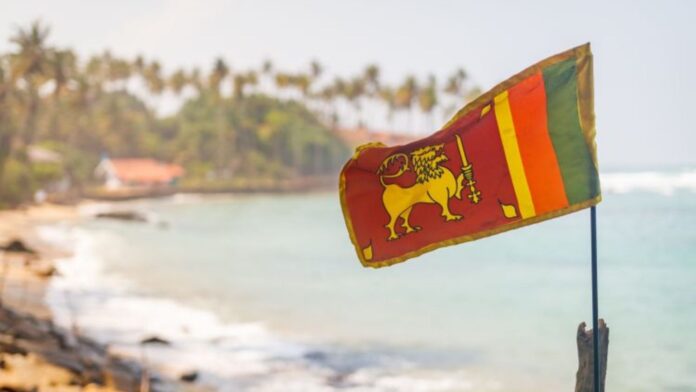By PRAKASH KARAT
The May 9 incidents of violence in Sri Lanka bought into sharp relief the deteriorating situation caused by the grave economic crisis which has gripped the country. The economic crisis has now engulfed the political system and the entire society. At the heart of this maelstrom is the Rajapaksa family regime. President Gotabaya Rajapaksa, who wields executive power, has pressurised his elder brother, Mahinda Rajapaksa, to resign as prime minister in an effort to salvage the tottering regime. Earlier, the entire cabinet had resigned and a new ministry under Mahinda Rajapaksa had been appointed. The Rajapaksa regime was responsible for the disastrous decisions that contributed to the economic crisis. The decision to cut taxes, stop fertiliser imports for use in agriculture and grandiose investments in vanity projects were all taken by the authoritarian regime which reduced revenues, disrupted agricultural production and added to the growing debt burden. The Covid pandemic only precipitated the looming crisis with the drastic fall in foreign exchange earnings with the stoppage of tourism and remittances from Sri Lankan workers abroad. Ever since the economic collapse, the people had suffered in the midst of severe shortages of food, fuel and medicines and galloping price-rise. The unbearable conditions of life drove people to come out to the streets to protest. From March 31, protesters gathered and camped out on the Galle Face Green in Central Colombo and outside the prime minister’s residence.
Thousands participated in these peaceful protests which drew support from all sections of people including teachers, students, employees and trade unions. The working class has played an important role in the ongoing popular movement. The coordinating body of the trade unions gave a call for a general strike on April 28 in which millions participated. There was a second one-day general strike and hartal call on May 5 which saw greater participation including doctors, nurses and other professionals. These strikes called for the president and the government, to resign. Rattled by this militant strike action, president Gotabaya declared a state of emergency, the second in just over a month. Curfew was imposed but the protesters defied it. The regime was truly at a dead end. The violence that erupted on May 9 was Rajapaksa’s last-ditch effort to disrupt any peaceful transition. Mahinda Rajapaksa, instead of quietly resigning and leaving the scene, summoned his party (SLPP) supporters to his official residence. After a provocative speech by Rajapaksa, his men streamed out and attacked the peaceful protesters outside the residence, destroying their tents. They followed this up by attacking the camps at Galle Face and hundreds were injured with the police failing to act decisively. It is this naked violence by the ruling party supporters bussed into Colombo from outside that sparked retaliation. Thousands of people gathered outside Temple Trees, the prime minister’s residence, and sought to storm it. Finally, Mahinda Rajapaksa, who had already resigned as prime minister and his family had to be rescued by helicopter and taken to a naval base. Targeting the houses of the Rajapksas, erstwhile ministers and parliamentarians of the ruling party followed, with many of them set on fire.
In the meantime, the main opposition, the SJB alliance announced it will not join any all party or interim government under president Gotabaya. They want Gotabaya to also resign. The Left party, Janatha Vimukthi Perumana (JVP), also wants an interim president and interim government till fresh elections are held. The demand that president Gotabaya quit is justified as it is he who wields tremendous executive powers. He has to be held mainly accountable for the economic mess that has been created and for the authoritarian national security state that has been set up. The economic and political crises are intertwined. The ouster of the Rajapaksa regime must be accompanied by a democratic transformation of the country’s political and economic structures. The executive presidency has to be abolished and the centralised national security state set-up dismantled. The neoliberal framework of policies has to be replaced by a pro-people path of development. The disillusionment with the Rajapaksa clan will hopefully result in the depletion of Sinhala Buddhist nationalism and lay the basis for the unity of the people with a democratic approach to linguistic and religious minorities. The Sri Lankan government is negotiating with the IMF for a loan programme. This will entail cuts in welfare, austerity measures along with further privatisation. The mainstream political establishment in Sri Lanka sees no other way but to follow the IMF dictates. But this is not a solution to the deep structural crisis. It is necessary to set out an alternative path – one which will protect the people’s interests and also shield Sri Lanka from the depredations of finance capital. A rare opportunity presents itself for the Left and democratic forces in Sri Lanka to assert that there has to be a restructuring of the political and economic systems and rally the people to fight for such a change. IPA Service


